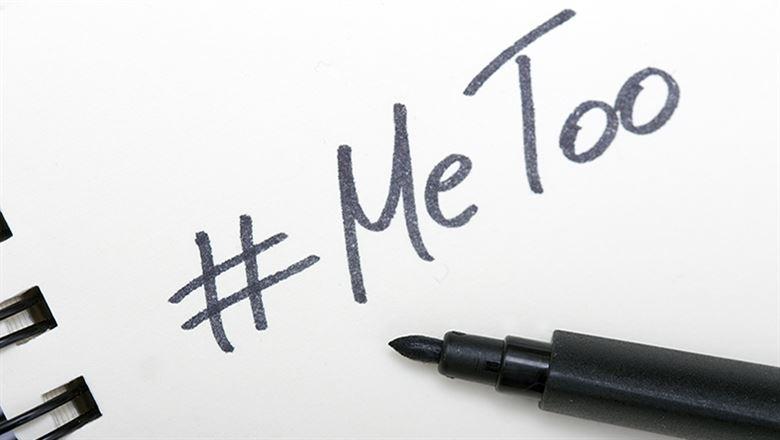Dawn Watkins Wiese, PhD
Dawn Watkins Wiese, PhD, is vice president, chief operating officer, and partner at Plaid, a management consulting firm specializing in organization training and development, in Johns Creek, Georgia.

Every association must protect its staff from instances of discrimination and sexual harassment. Considering the #MeToo movement, now is an especially good time to reexamine education and training, written policies, and the climate of the organization.
In February, I was contacted by a vice president for human resources at a large, global company who confided in me, “We can’t be the next #MeToo!”
The weeks immediately preceding this call were filled with #MeToo movement news—from major Hollywood players to multinational corporations—and as individuals resigned, their careers and our nation’s landscape were forever changed. #MeToo became part of our vernacular, and it’s an issue that associations must face too.
Protecting your staff from workplace discrimination and sexual harassment comes down to being adequately prepared. For the VP of HR, this fell squarely on her shoulders. She had a project in mind and asked how I could help her prepare for the next board meeting.
I outlined some of the questions she should be able to answer, including about the clarity of her corporate policies, use of nondisclosure agreements, and ongoing staff education at every level. She paused and replied, “A bigger project may be in order.”
The truth is that many organizations will say they are protecting staff from sexual harassment, but they aren’t prepared to handle the issue at all. Especially now, organizations should take time to reexamine their anti-harassment education and training, as well as policies and procedures, to ensure workplace safety.
A starting point in assessing organizational preparedness is an examination of your written policies. What documents are provided to all employees upon hiring, and what is emphasized in the orientation process? Is there any online orientation for employees? Does it emphasize sexual misconduct policies? Is this education offered at all levels of the organization, including C-suite and full-time or part-time employees?
The truth is that many organizations will say they are protecting staff from sexual harassment, but they aren’t prepared to handle the issue at all.
As part of this training, expectations regarding both personal and professional social media must be clearly communicated. For example, while most may assume that jokes or memes that denigrate someone else are inappropriate in the workplace, is it acceptable within your organization for an employee to have that on his or her personal social media account?
Furthermore, are there different standards for employees at different levels of the organization? Does an entry-level staff person have more leeway in his or her use of social media than someone in a more senior position?
Next, do you have ongoing education on this topic along with other organizational HR resources and policies? This kind of education can happen online, through speakers, and through passive education, like flyers posted on bulletin boards. A simple online search under the header “sexual harassment in the workplace flyer” produces many good options.
Then, assuming an issue arises, what are your investigation procedures? Do you have arbitration and remediation avenues prepared? Are employee rights in such processes clear at the outset? These steps must be taken proactively and not put off until a situation is unfolding.
While having these pieces in place allows you to demonstrate some due diligence in addressing thorny issues like harassment and discrimination, an additional step to consider is assessing the overall climate of your organization.
How are orientation and ongoing education received? Consider an anonymous survey to provide a high-level picture that can reveal any underlying issues you may not be aware of.
Then, consider intentional focus group discussions with staff at all levels by an independent, qualified outside facilitator. The need for an outside, impartial perspective is a must. Otherwise, you run the risk of not appearing authentic in your desire for constructive feedback. Some things to consider when selecting an independent facilitator: Does the individual have significant focus group facilitation experience, understand qualitative research and how to triangulate this data, or have a bias or stance related to sexual misconduct?
Thinking about how to frame these questions and conversations with a would-be consultant are important prior to the hiring process.
Finally, you should compile all this information to present to your board members. Having this data plus education and resources does not mean you will avoid a workplace harassment issue, but it could establish that you have a demonstrated interest in protecting your employees at all levels of your organization. And from a board perspective, you will have made your leadership aware of some good work undertaken to protect the organization’s future.